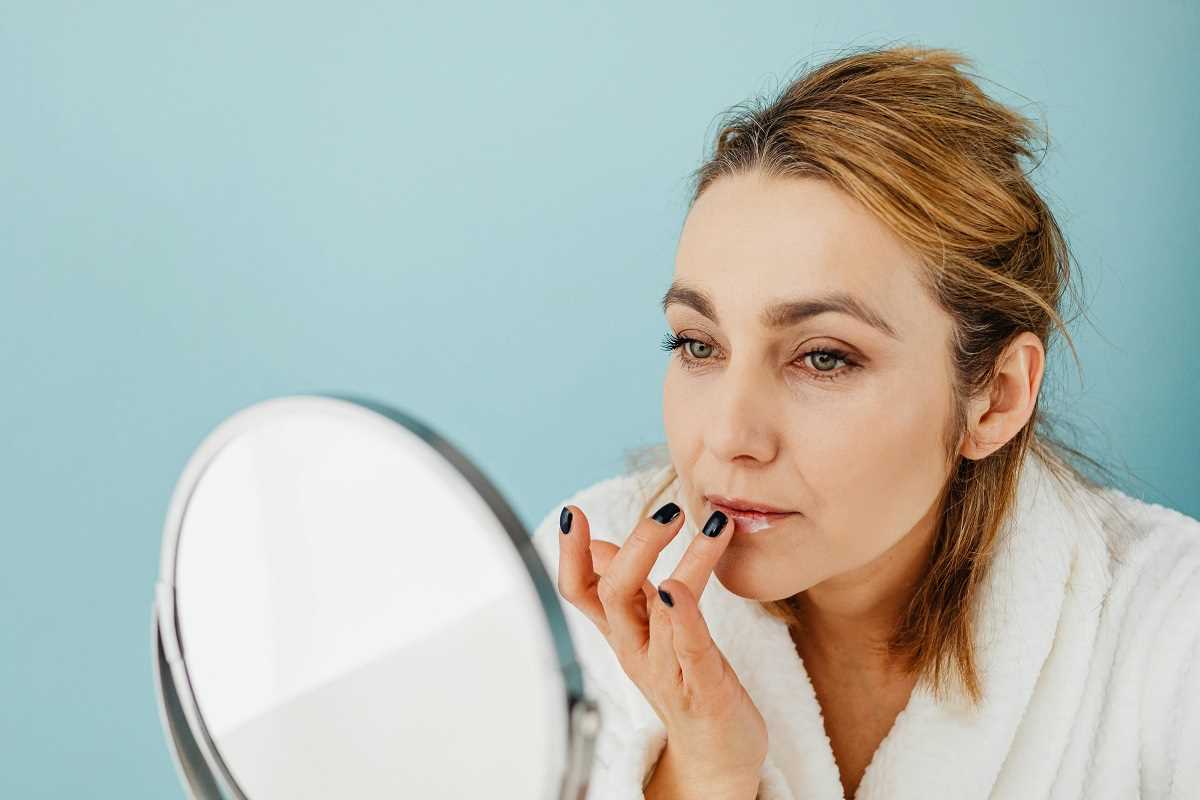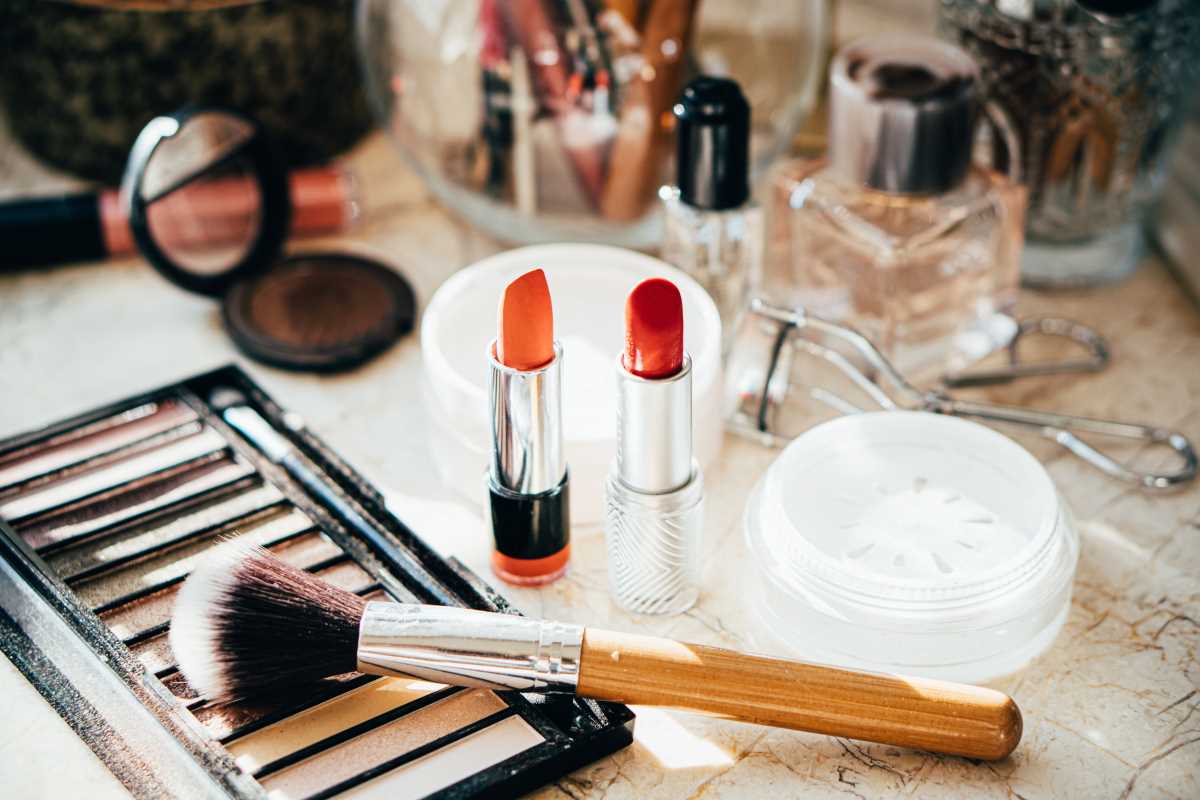When you think about pollution, you probably imagine smog, car exhaust, or chemicals floating in the air. But do you think about your phone, laptop, or TV? If not, it might surprise you to learn that these everyday devices could be causing something known as digital pollution, and there’s growing evidence that it isn’t just an environmental issue – it could also mess with your skin.
Yes, you read that right. The same screens we spend hours staring at are hiding a dirty little secret. They might be contributing to breakouts, premature aging, and dry, irritated skin. For young professionals practically glued to devices for work and play, this could be a game-changer. But don’t panic! By understanding digital pollution and taking a few smart steps, you can protect your complexion while still acing work presentations or bingeing your favorite Netflix series.
Curious? Here’s everything you need to know about digital pollution, how it impacts your skin, and what you can do to fight back.
What Is Digital Pollution Anyway?
Digital pollution might sound like a futuristic sci-fi concept, but it’s very real. It refers to the electromagnetic radiation and blue light emitted by digital devices like smartphones, computers, tablets, and televisions. While you can’t see it or feel it, this constant exposure to light and energy has potential consequences.
One major source of concern? Blue light, also called high-energy visible light (HEV). It’s part of the visible light spectrum and gives off more energy than both UVA and UVB rays from the sun. While small doses of blue light aren’t harmful at all, extended exposure could present new risks for your skin.
Wait, How Does Blue Light Affect Skin?
You’ve probably heard about how sunlight can wreak havoc on your skin, leading to wrinkles, sunspots, and even cancer if you’re not careful with SPF. Blue light works a little differently, but it’s got its own unique challenges.
Here’s the breakdown of what experts believe blue light could do to your complexion over time:
- Premature Aging
Blue light exposure may trigger a process called oxidative stress, which creates unstable molecules known as free radicals in your skin. These free radicals can damage your skin cells, breaking down collagen and leading to fine lines and wrinkles. If you’ve noticed your face looking a little dull or tired lately, your devices might partially be to blame.
- Uneven Skin Tone
You know those dark spots or patches of uneven pigment that seemingly creep up without warning? Some research has found that blue light could intensify hyperpigmentation by stimulating melanin production. This might be particularly noticeable if you’re prone to sunspots, post-acne marks, or darker skin tones that are more reactive to environmental triggers.
- Inflammation and Irritation
For anyone with sensitive skin, blue light exposure can make redness, dryness, and irritation worse. It weakens your skin barrier (the protective shield), which means your face is less equipped to retain moisture and fend off damaging factors like pollution and bacteria.
- Worsened Acne
Blue light may alter your skin’s sebaceous glands (aka, the oil-producing parts). Combine this with the stress of constant screen time, and you’ve got a recipe for more breakouts. Oh, and don’t forget the bacteria breeding grounds that are keyboards and phone screens.
But I Can’t Avoid Screens – Now What?
We get it. Avoiding digital devices in today’s world is next to impossible, especially when much of your work, socializing, and entertainment happens online. The good news? There are a lot of simple things you can do to protect your skin without tossing your laptop or ditching your phone (tempting as it sounds).
Use Skincare With Antioxidants
Remember those pesky free radicals we mentioned earlier? Antioxidants are your skin’s first line of defense. Ingredients like vitamin C, vitamin E, and niacinamide are excellent at neutralizing free radicals before they damage your skin.
You can incorporate antioxidants into your routine in several ways. Opt for a serum with vitamin C in the morning to brighten your complexion, or choose a moisturizer infused with these powerful ingredients for all-day protection.
Wear SPF – Even Indoors
Think you can skip SPF because you’re not outside? Think again. Blue light can penetrate deep into the skin, just like UV rays, so sun protection indoors is just as important as when you're soaking up the sun.
Look for a broad-spectrum sunscreen with an SPF 30 or higher, and consider one formulated specifically for blue light defense. Many modern sunscreens now include anti-blue light technology, making them perfect for screen-time warriors.
Try a Blue Light Filter
Did you know you can filter the amount of blue light your devices emit? Most smartphones and tablets have built-in blue light filters (often called “night mode” or “eye comfort”). Enable this feature to reduce your exposure, especially during the evening hours.
Better yet, you can invest in a screen protector or glasses designed to specifically block blue light and offer additional protection for both your eyes and skin.
Build Better Screen-Time Habits
If you’re staring at a screen for hours without a break, you’re giving your skin (and eyes) no time to recover. Implement the 20-20-20 rule to give yourself regular breaks. Every 20 minutes, look 20 feet away from your screen for at least 20 seconds.
And don’t forget to step away entirely when possible. Go for a quick walk, stretch, or enjoy some sunlight (with SPF, of course). Your skin and overall health will thank you.
Keep Your Screens Clean
Your devices are breeding grounds for bacteria, and every time you touch them and then touch your face, you’re introducing a fresh batch of germs. Regularly clean your devices using an alcohol-free, screen-friendly disinfectant. Your pores will be so much happier.
Hydrate, Hydrate, Hydrate
Blue light can zap your skin’s moisture, leaving it dry and dehydrated. Combat this by drinking plenty of water throughout the day and using a hydrating face mist or moisturizer. Look for ingredients like hyaluronic acid and glycerin to keep your skin looking plump and healthy.
How Digital Pollution Goes Beyond Your Skin
While your complexion is a tangible place where digital pollution shows its effects, the issue goes beyond physical appearance. Prolonged screen time is linked to disrupted sleep, eye strain, and even mental health challenges. Digital devices are amazing tools, but finding the balance between using them and protecting your well-being is critical.
Can Digital Pollution Be Eliminated?
Unfortunately, not completely. As long as technology plays a central role in our lives, we’ll be exposed to some level of digital pollution. But this doesn’t mean you’re powerless. By taking targeted steps, you can reduce its impact and protect your skin and overall health.
Whether you’re working late on a presentation, scrolling TikTok, or checking emails (again), your screen time might be taking a toll on more than your eyes and mental energy. By understanding digital pollution and blue light exposure, you can make smarter choices to defend your complexion without missing a beat in your busy life.
Small tweaks to your skincare routine and daily habits can make a world of difference.







